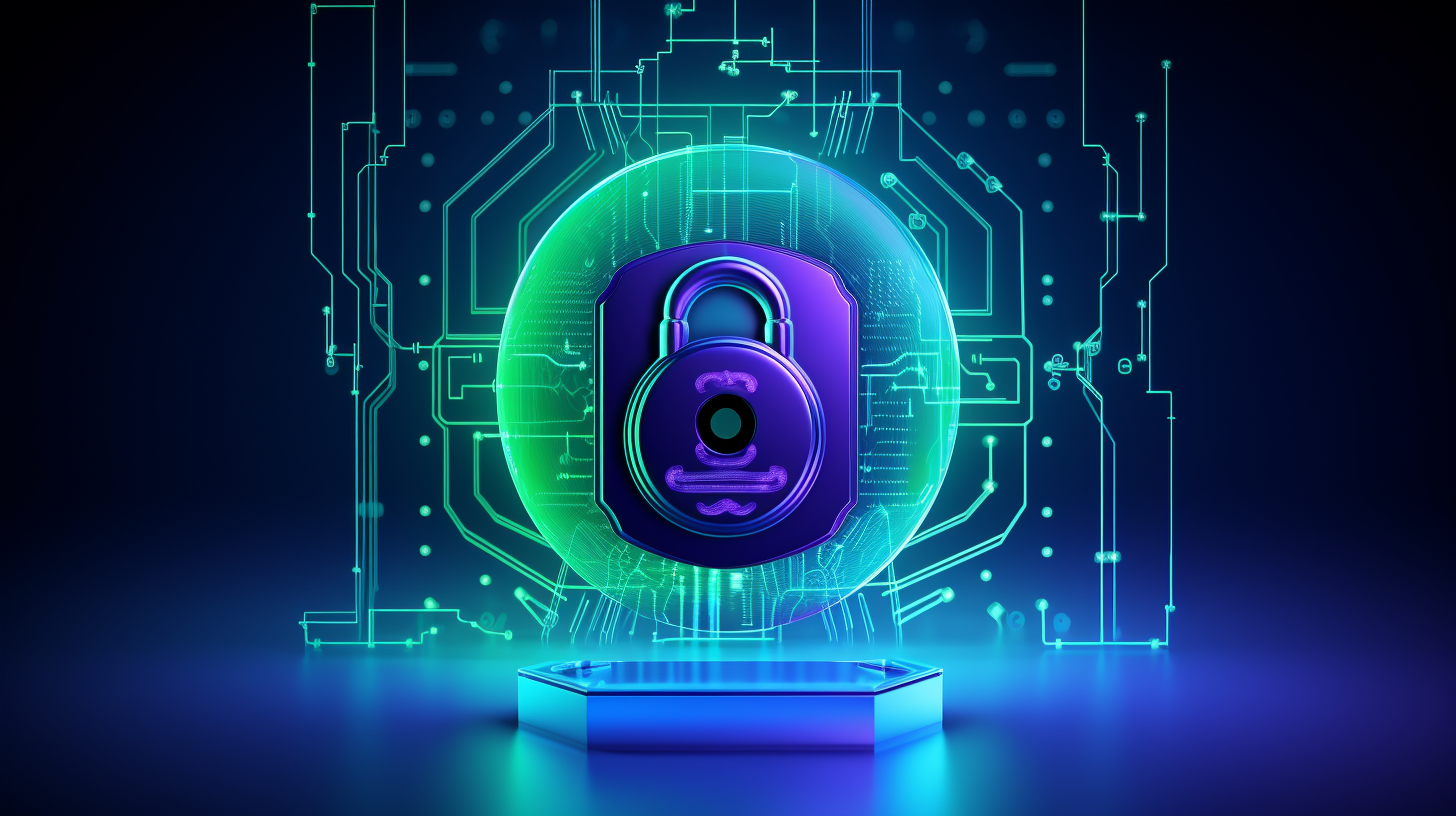Cybersecurity Best Practices for a Safer Digital World
In this article we focus on the importance of cybersecurity in our increasingly digital lives. It offers practical advice and best practices to help people and organizations stay safe online.
Cybersecurity
Cybersecurity is a multifaceted discipline that involves protecting digital assets, networks and data from unauthorized access, alteration or destruction. Combine information security, network security and IT practices to create a cohesive security strategy.
Cybersecurity is essential for several reasons:
- Mitigating Financial Losses: Cyberattacks can result in direct financial losses, ranging from ransom payments to lost revenue due to service interruptions.
- Data Integrity: Ensures that data remains unchanged and reliable.
- Confidentiality: Protects sensitive data from unauthorized access.
- Availability: Ensures that services and data are available when needed.
What are the best Cybersecurity practices
Every day we use the Internet in different areas of our lives, from maintaining contact with our loved ones to managing finances and accessing basic services. Although the digital landscape offers great conveniences, it also poses significant risks.
Cyberattacks, data breaches, and identity theft are all too common, but you don't have to be tech-savvy to defend yourself. Whether you're just starting out or just want to strengthen your cybersecurity habits, these practical tips will help you navigate the digital world safely and confidently.
- Create a secure password
- Complexity: Create a password which should at least consist of 12 characters, including a mix of upper and lowe case letters, number and special characters.
- Unique passwords: Do not use the same password across different accounts. It is essential that each account has its own password. Your personal and business accounts should not be the same as u will put both accounts at risk.
- Password Manager: Consider using a password management tool to securely manage and generate passwords.
- Antivirus Software: Install reliable antivirus and antimalware software to detect and remove malware that can harm your computer.
- Virtual Private Networks (VPN): When you use public Wi-Fi, a trusted VPN encrypts your connection, providing additional security and privacy for your online activities.
- Risks of public Wi-Fi: Avoid connecting to public Wi-Fi networks. Hackers can exploit vulnerabilities in unsecured networks therefore always use a VPN when connecting to public Wi-Fi.
- Be careful: Be careful about the information you share on social media platforms. Cybercriminals can use this information to steal your identity or launch security attacks against you or your company.
- Privacy Settings: Control who can see your posts, personal information and contact details by adjusting the privacy settings.
- Two-Factor Authentication (2FA): Authorize 2FA whenever possible to add an additional layer of security to your social media accounts.
What makes us vulnerable to cyber-threats?
Today we are surounded by technology. In fact, we rely on it. Try living without an internet connection for a day and you will see what effect it has on us. This should raise concerns not only about what might happen if hackers manage to disrupt the services we rely on, but also about the access we inadvertently give them to our most sensitive data and finances. What makes us vulnerable to cyber-threats are:
- We are social creatures
- We believe what people tell us
- We are moblie
- We are surrounded by intelligent technologies
- We make mistakes
- We trust others to protect our most sensitive information
References:
- Rotsidis, Petros (2023) 'Essential Cybersecurity Practices: Safeguarding Your Digital World', Foreword, 18 September. Available at: Essential Cybersecurity Practices: Safeguarding Your Digital World – Sequoia (Accessed 31 October 2023)
- Muncaster, Phil (2023) 'Playing your part in building a safer digital world: Why cybersecurity matters', welivesecurity, 3 October. Available at: Playing your part in building a safer digital world: Why cybersecurity matters (welivesecurity.com) (Accessed 31 October 2023)


Comments
Post a Comment